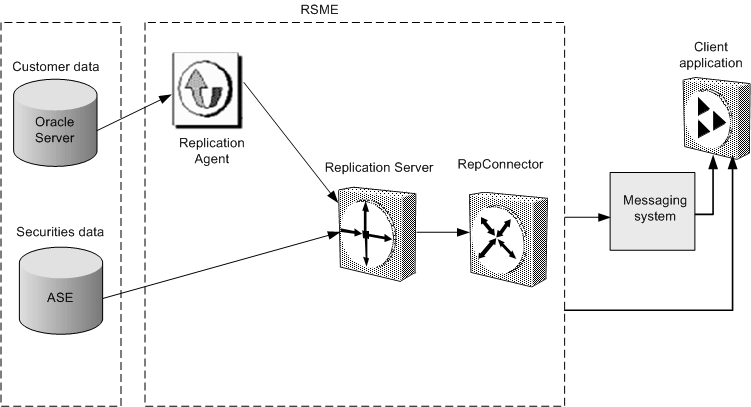A trading company wants to offer proactive notifications of changes to customer data and securities data.
For example, if the buy limit for a security is reached, the company wants to immediately send this information to all trading systems. The system that is currently in place must poll the securities operational database, which introduces an information lag, which in turn, introduces the likelihood of credit limit breaches. The current implementation does not allow the company lessen this risk, or to identify security breaches early.
The current system periodically polls the database that holds credit limit thresholds resulting in performance degradation to the operational systems. The frequency of polling determines how quickly the trading company can identify whether there is a credit-limit break.
The trading company wants to automatically prevent trading once a customer’s credit limit has been reached. Polling the securities operational database is not frequent enough to accomplish this goal
At various locations, customer and securities data is stored in Sybase Adaptive Server Enterprise (ASE) and Oracle databases.
RSME pushes time-critical data from heterogeneous databases to the messaging architecture, eliminating the information lag created by batch updates or intermittent polling processes.
When a customer places a trade request, the trading company uses RSME to send messages from their customer and securities databases to a message bus. The trade request is read by a client application that computes credit risk. If the credit limit is not reached, the customer trade is allowed. If the buy limit has been reached, all trading systems connected to the message bus are immediately notified to take the necessary precautionary measures.
The events, or messages are delivered to external applications in real time through a message bus such as IBM WebSphere MQ or JMS.
